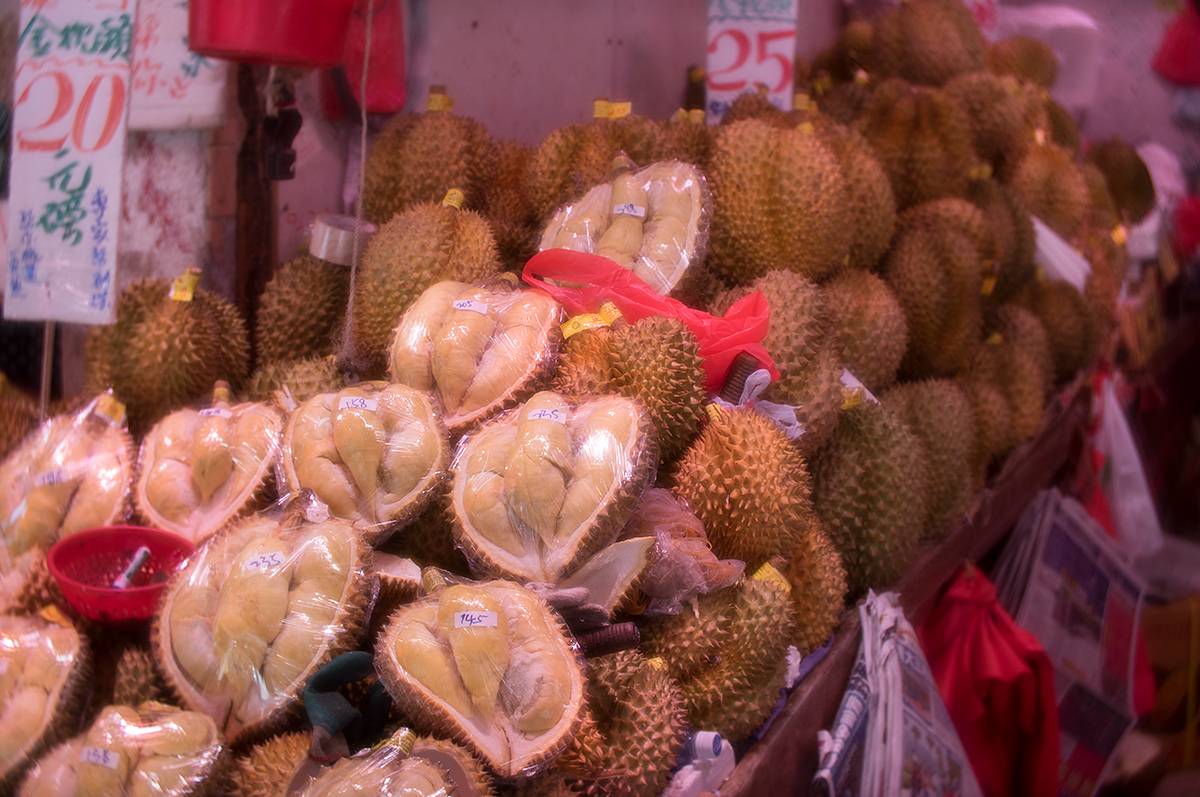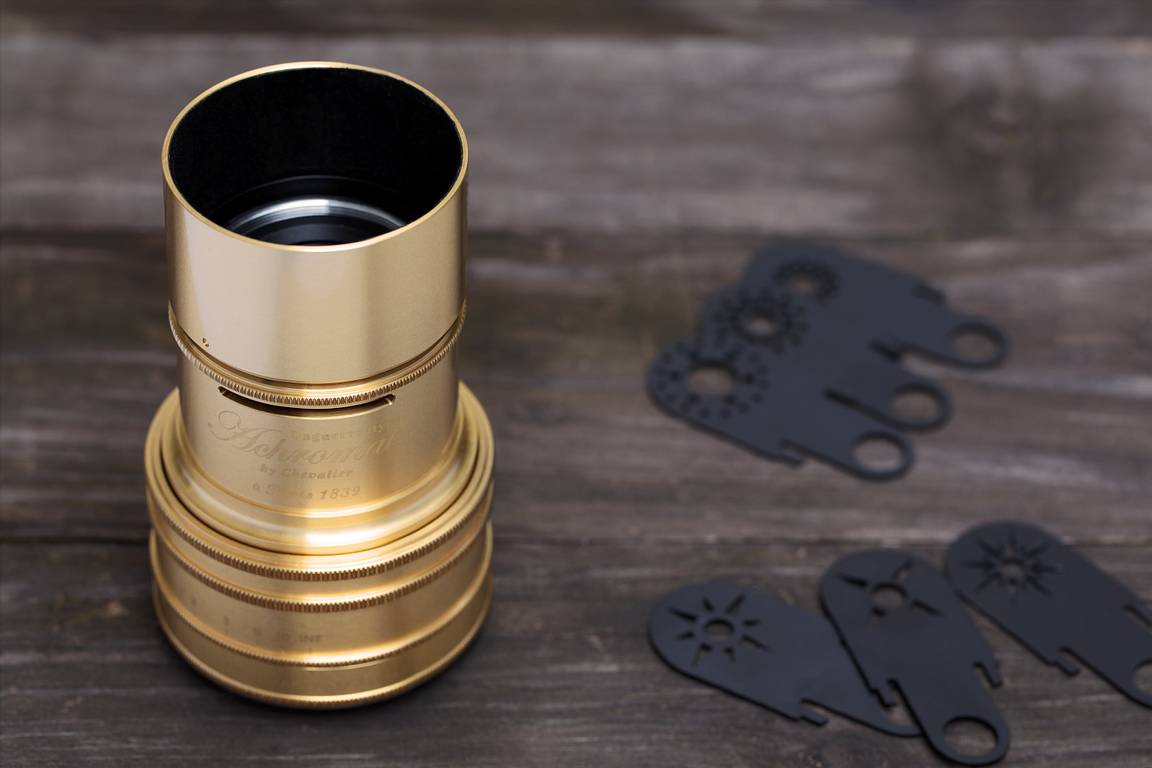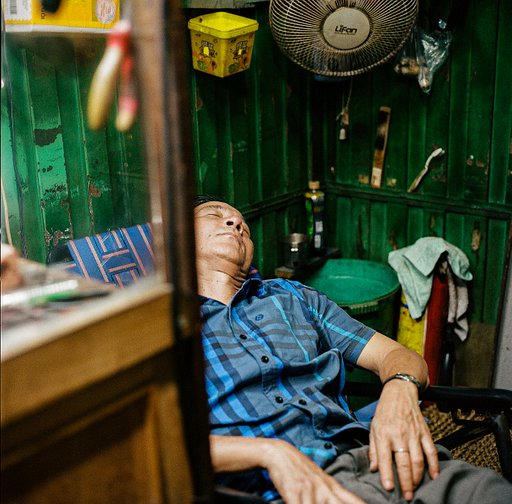LomoAmigo Miguel Candela with the Daguerreotype Achromat Art Lens in Hong Kong
5 Share TweetReady to get lost in the streets of Hong Kong? In this article photographer Miguel Candela tells us about his career in the world of reportage photography and his impressions of the Daguerreotype Achromat Art Lens, and also shows us how this art lens has taken his documentary photography to an experimental and creative world.
You only need to have a look at his photographs to realize that Miguel Candela and the Daguerreotype Achromat Art Lens have become the new lomographic artistic duo.

Hello, welcome to the Lomography Magazine, could you please introduce yourself to our community?
Of course! I am a photographer from Alicante (Spain), based in Hong Kong since years. I am specialized in reportage photography in Southeast Asia; that combines documentary photography and anthropology. Therefore, I usually cover social and humanitarian issues in awareness projects and denounce the situation of the most disadvantaged.
Could you please tell us about your passion for analogue photography and a bit about your path as a photographer?
I learned photography by myself. I did several photography courses where I learned about the development and printing. At that time, digital photography began to stand out and it had a more than acceptable quality. Soon after, I bought my first digital camera and made my first trip with the sole purpose of taking photographs.
In my career, I have obtained some awards from prestigious competitions such as the International Photography Awards (IPA), winner of the PhotOn scholarship, Best talent (Best New Talent) Prix de la Photographie (Px3), Zoom-in on poverty by the United Nations Development Program (UNDP), nominations in the Sony World Photography Awards, Andre Stenin International Press Photo, Nikon Spain (Nikonistas) among others.
How was your first impression with the Daguerreotype Achromat Art Lens?
First, I should highlight what is more than evident… it has a peculiar and unique design. It looks like a museum piece! It is a lens with a spectacular design that leaves no one indifferent. In fact, some people I was coming across were amazed and very curious. Plus, I must also mention the strength and the weight of the lens.
During my trips the weight of my equipment is a factor that must be taken into account. When you have a quality lens, the weight is something crucial (sometimes more important than the camera itself). The strength of a lens is usually linked to the quality of its glasses, and the Daguerreotype Achromat Art Lens transmits very good sensations. It is a lens that weighs for good (quality) and bad (our back and neck).
For those who are used to the auto-focus system, do not be afraid, getting used to manual focusing will not take long. However, sometimes it can take several attempts to get the focusing right and to get sharp results. Therefore, if you are going to take photos with the Daguerreotype Achromat Art Lens you have to take into consideration that you are going to take your time taking photographs and enjoying the process. Finally, thanks to its Nikon mount, I really appreciated that the lens could work on my camera. I did not waste time getting used to a new "body".
Did you have the chance to experiment with the Waterhouse Aperture System? And, from all its creative features, which one is your favorite?
Regarding the kind of photography I do, photojournalism, the Waterhouse Aperture System has not a big importance.
However, for personal, artistic work or even for social networks, it is a very interesting tool.
Photography is an expensive profession and/or hobby. As long as you can avoid mortgaging your house or selling a kidney, if a tool helps you to transmit your vision, than you have to use them.
The effects created by the Waterhouse Aperture System give you a lot of creativity that otherwise would be very difficult to achieve. If you're like me (you use Photoshop only if needed: curves, correcting the white balance, etc.) then this system can save you a lot of time without having to add filters in the processing and editing. I found it especially interesting to shoot at night with the star plate!
How did you choose your subjects and in which places did you get your favorite shots?
Hong Kong is a city that is always changing and the reason of that is the lack of land and the sky-high floor prices. However, the district of Kowloon is in my opinion the area that preserves the best of the "personality" and identity of the city. That's why I opted for Kowloon, it shows the everyday life, streets and neon signs.
Oh, yes, I've also done some portraits of my dog Tofu who, by the way, hates shootings!
Could you give some tips to those photographers that use this Art Lens for the first time?
Normally, most of us tend to be reluctant to changes. We compare them with our own experiences and we fear that they will disrupt and clash with our knowledge and emotional balance.
When using this lens, we must forget the expected from a conventional lens. It does not have the same use neither the same results.
I have always believed that each person gives the best of himself when he does what he loves. It does not matter if it is not perfect. Take your time, go wrong and experiment. Only then you can create something different, your own artistic language. And what is more important: do what makes you happy.
If you want to know more about Miguel Candela, you can visit his website and you can follow him on Instagram and on Facebook.
written by martagruesocoy on 2018-06-08






































No Comments